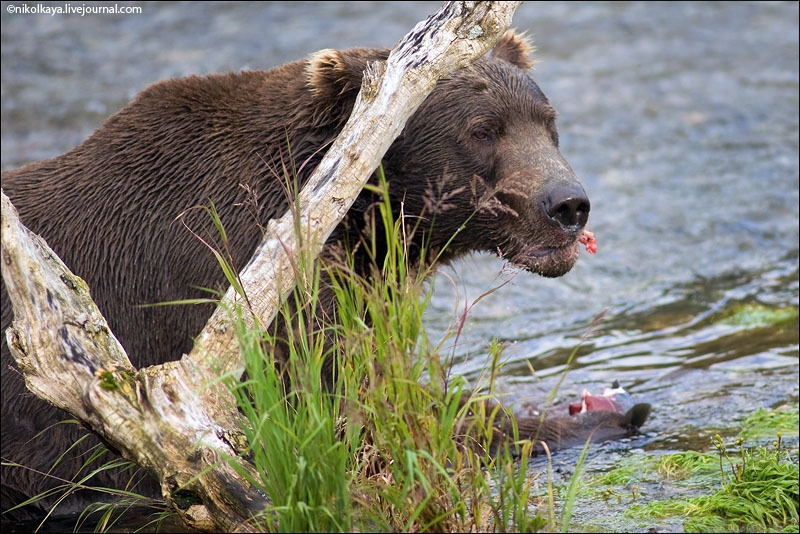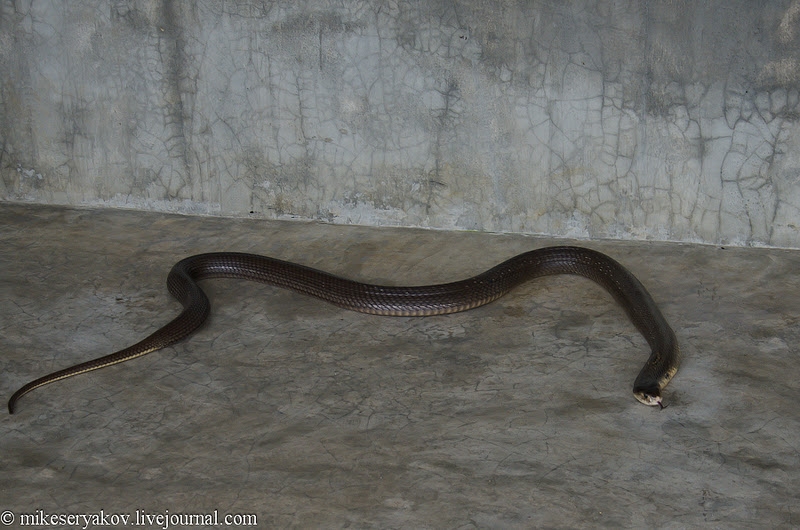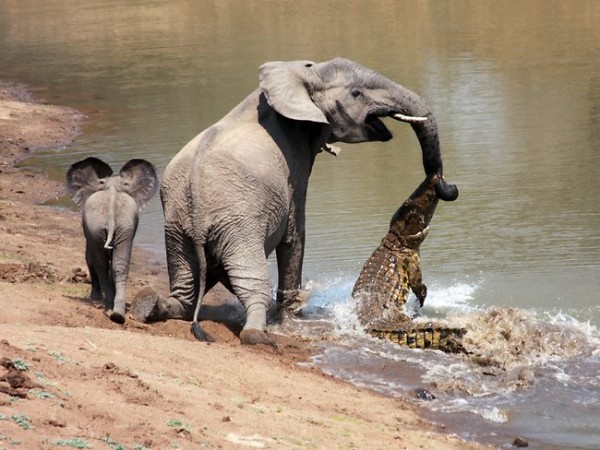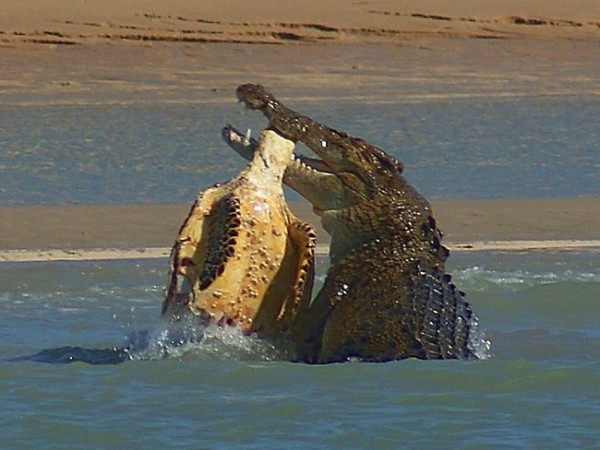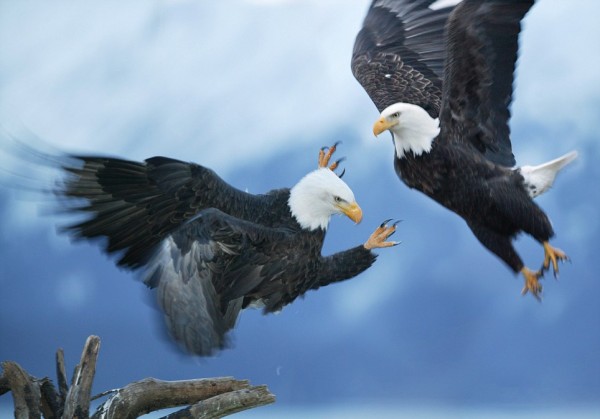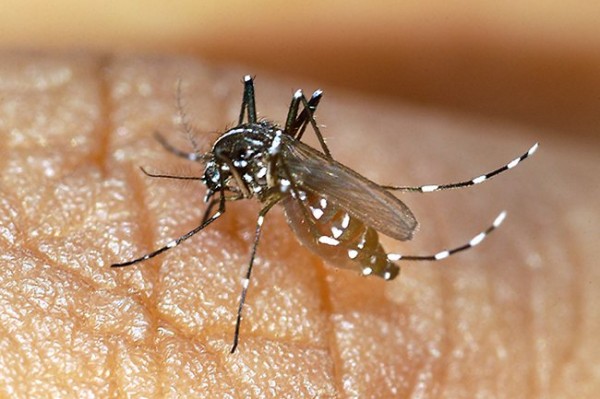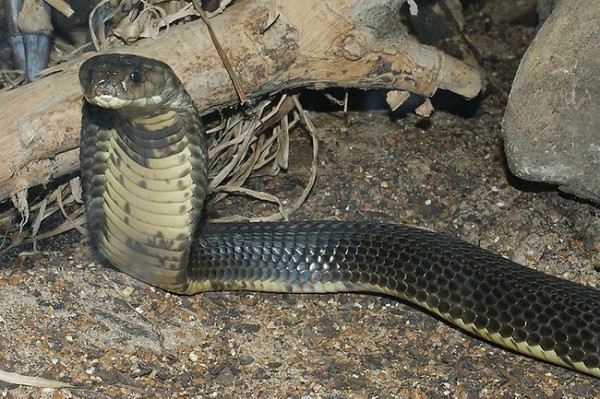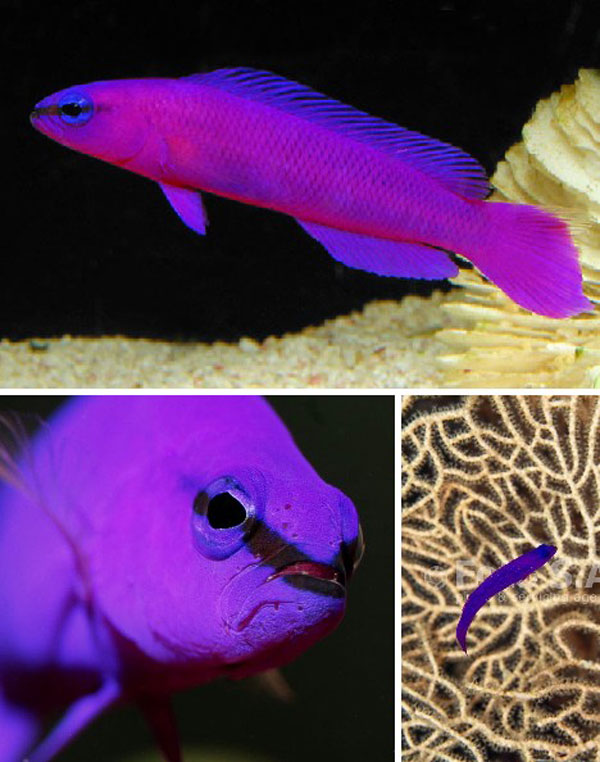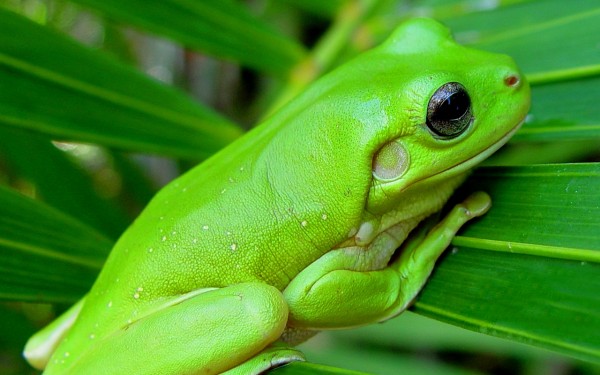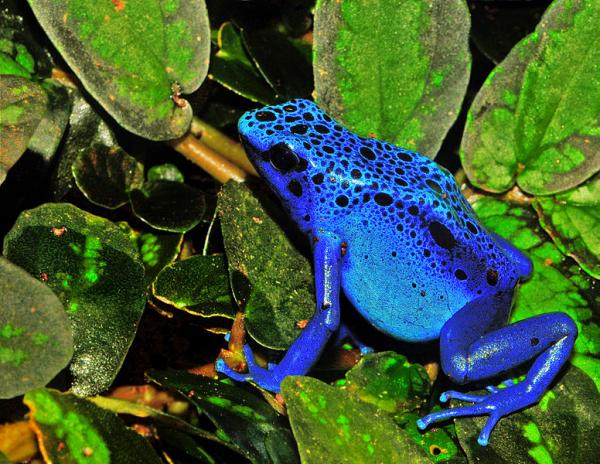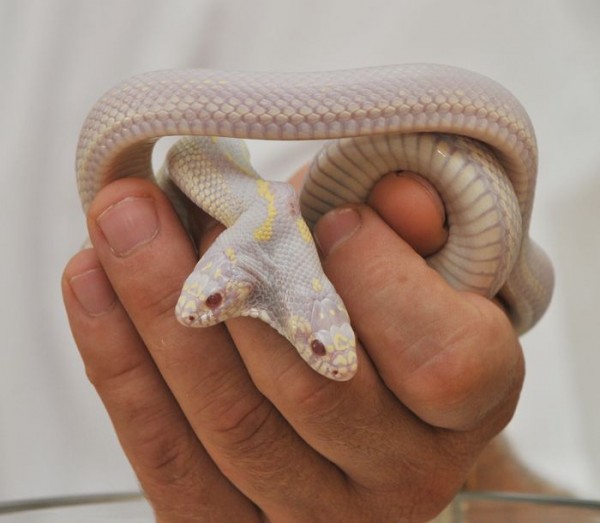Boatman
Engineers and evolutionary biologists in Scotland and France recorded
the boatman—which is roughly the size of a grain of rice—”singing” in a
tank. The aquatic insect’s songs peaked at 105 decibels, roughly
equivalent to the volume of a pounding jackhammer within arm’s reach.
The chirps are loud enough that humans can hear the sounds while
standing at the edge of a boatman’s pond. Fortunately for nature lovers,
though, nearly all the sound is lost when the noises cross from water
to air.
Remarkably, the boatman creates his songs by rubbing his penis
against his belly, in a process similar to how crickets chirp.
Sound-producing genitalia are relatively rare within the animal kingdom,
but animals have evolved hundreds of other ways to boost their hoots,
howls, and snaps.
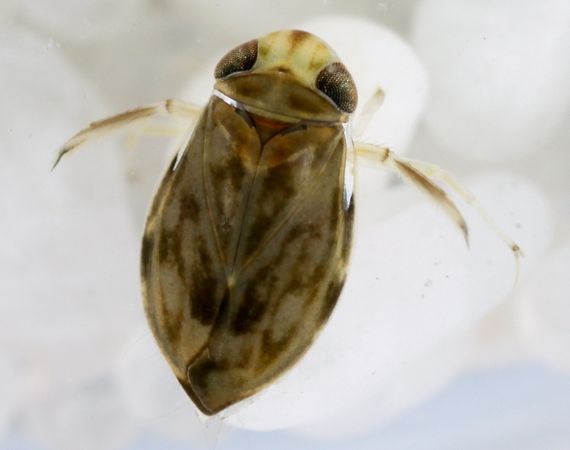
Did you ever read about loudest animals of the world? Well, we have selected an article from
Nat Geo containg a list of world’s loudest animals.
The Howler Monkey
The howler monkey is the loudest land animal. Its calls, which some
say are actually more like growls, can be heard up to three miles (five
kilometers) away.
The monkey’s volume comes from its enlarged hyoid bone, a U-shaped
bone in the howler’s throat that “isn’t actually hooked to any of the
[other] bones, so it kind of just hangs there,” said Dell Guglielmo,
caretaker for two howler monkeys at the National Zoo in Washington, D.C.
The enlarged bone creates a throat sac in which the monkey’s calls
resonate before booming out.
Coqui Frog
Only the males of the common coqui frog sing, but their calls,
recorded at peaks of a hundred decibels from three feet (a meter) away,
make them the loudest known amphibians.
The nocturnal frog’s two-part “co-qui” call has a two-part meaning:
Other male frogs respond to the territorial “co” part of the call, while
females are attracted to the “qui.”
In the coqui’s native habitat of Puerto Rico, the frogs are
considered part of the island’s natural heritage. But

